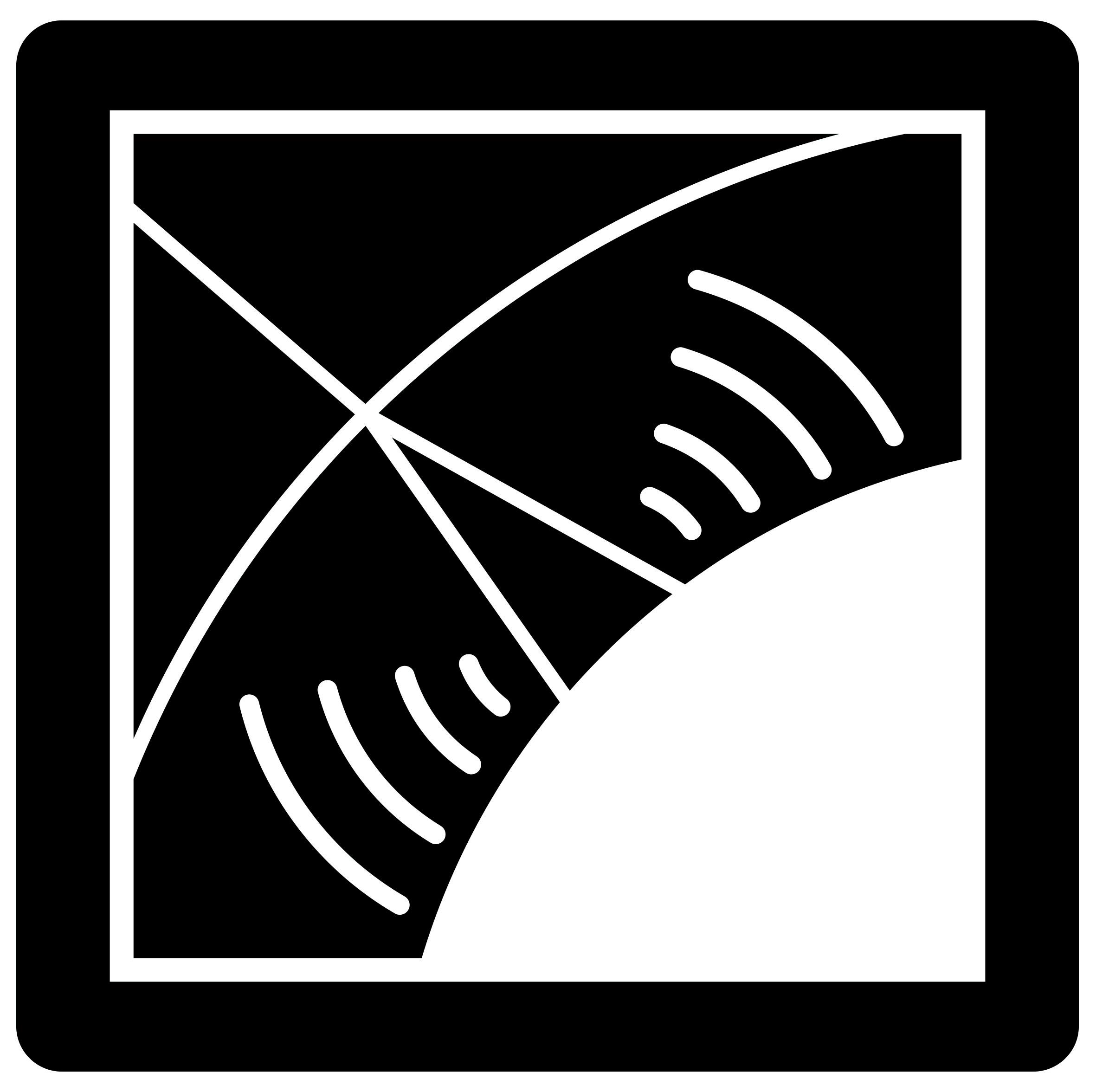2019: Antony Escudie
Despite the discovery of cosmic rays there are more than one hundred years ago, many questions remain unanswered today: what are cosmic rays, how are they created and where do they come from? Since 2002, the CODALEMA instrument, located within the Nançay Radio Observatory, studies the ultra-high energy cosmic rays (UHECR, above 10 17 eV) arriving in the Earth atmosphere. Their low flux makes it impossible to detect them directly at these energies. These cosmic rays, however, will interact with the atoms of the atmosphere, generating a cascade of secondary charged particles, commonly known as extensive air shower (EAS), detectable at ground level, and from which we will extract information on the primary cosmic ray. The objective is to go back to the characteristics of the primary that generated the EAS, thus to determine its direction of arrival, its nature and its energy. During the development of the shower, these charged particles in movement generate a fast electric field transient, detected at ground by CODALEMA with dedicated radio antennas over a wide frequency band (between 1 and 200 MHz). The major advantage of radio-detection is its sensibility to the whole profile of the shower and its duty cycle close to 100 >re-investigate the [1-10] MHz band and to study the so-called ”sudden death” contribution, which is the expected impulsive electric field created by the particles at their arrival and their disappearance on the ground. We present the instrumental setup of EXTASIS, composed of 7 low frequency antennas exploited in [1.7-3.7] MHz, covering approximately 1 km 2 . We report the observation, over 2 years, of 25 low-frequency events detected in coincidence by CODALEMA and EXTASIS and estimate a detection limit of 23 ± 4 μV/m from comparisons with simulations. We also report a strong correlation between the observation of the low frequency signal and the atmospheric electric field. The other major contribution of this thesis concerns the study of the electric field emitted by the EAS and the improvement of the detector’s performances in the [20-200] MHz band. First, we propose a calibration method for CODALEMA antennas using the radio emission of the Galaxy. We are also investigating several noise rejection algorithms to improve the selectivity of recorded events. We then present a method for reconstructing the parameters of the primary cosmic ray, implementing systematic comparisons combing polarization and frequency information between the recorded data and simulations, leading finally to a proposal for a mass composition of cosmic rays detected.
Online access to his document (Thèses en ligne)
